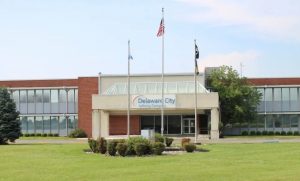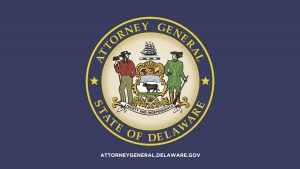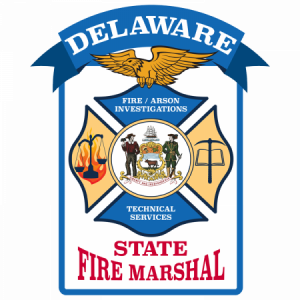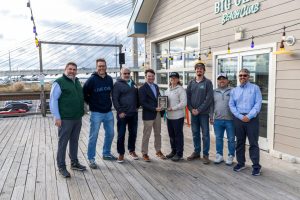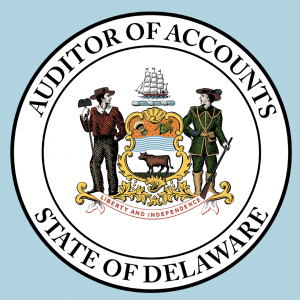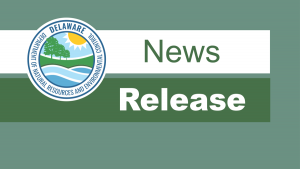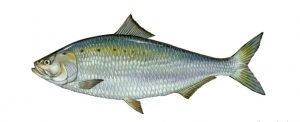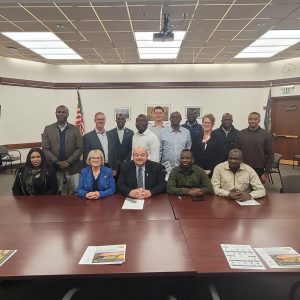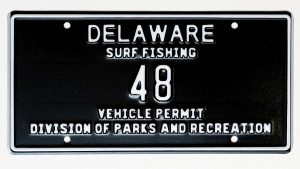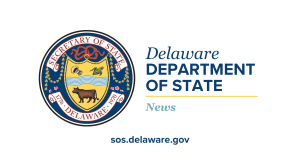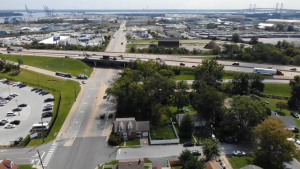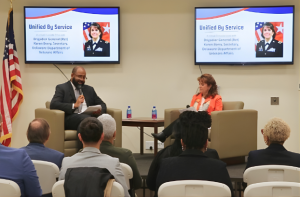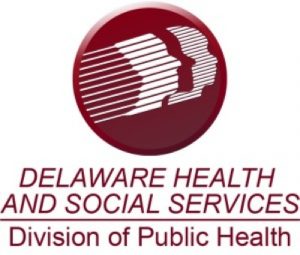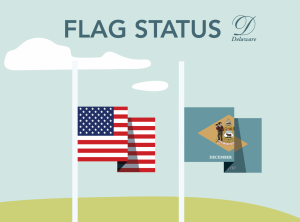WASHINGTON – Today, Delaware Governor Jack Markell and Delaware’s Congressional Delegation of U.S. Sens. Tom Carper and Chris Coons and Representative John Carney (all D-Del.) announced funding to restore the marsh and dune system at Prime Hook National Wildlife Refuge that has been degraded by coastal storms including Hurricane Sandy in 2012.
Earlier today, the Department of the Interior released $475.25 million in emergency Hurricane Sandy disaster relief appropriations. The funding will also provide investments in scientific data and studies to support recovery in the region. Prime Hook National Wildlife Refuge will receive $20 million from the appropriation to the Fish and Wildlife Service (FWS) to begin a multi-year marsh restoration project. This project is in accordance with the recently released Comprehensive Conservation Plan for the refuge. FWS will restore coastal dunes that were significantly eroded by Sandy and begin restoring the degraded marsh with additional sediment.
Large dune breaches and severe flooding has converted the man-made freshwater marsh system at Prime Hook National Wildlife Refuge into an open water system which no longer provides the same quality of habitat for migratory birds, and other wildlife that are reliant on marshes and wetlands. This area is a major stopover point in the Atlantic Flyway for migratory waterbirds. The degradation of marshes reduces the resiliency of Refuge lands and adjacent resources to erosion and future storms. Hurricane Sandy greatly accelerated the degradation of these areas.
“Prime Hook National Wildlife Refuge is an important conservation and recreation area, supporting hunting, fishing, birding and other outdoor activities in our state,” said Governor Jack Markell. “I appreciate our strong partnership with the Department of Interior, our Congressional Delegation, State Senator Gary Simpson and Representative Harvey Kenton, and neighbors of the Refuge all of whom helped Delaware secure this critical federal funding that will restore the Refuge and help protect our shoreline from future storms.” “One of my top priorities has been to restore areas of Delaware damaged by Superstorm Sandy, and the impact of future storms mitigated,” said U.S. Sen. Tom Carper. “Prime Hook National Wildlife Refuge’s critical habitat, which was further damaged during this storm, needs to be restored and stabilized according to its Comprehensive Conservation Plan, and I’m so pleased that this funding will address the short-term needs in accordance with the long-term plan.” “Superstorm Sandy was a harbinger of changes coming to our shores, and it’s important Delaware is prepared,” Senator Coons said. “I’m hopeful that between the arrival of this federal funding and the recent release of the Comprehensive Conservation Plan, this valuable and ecologically diverse Refuge system will be better prepared for the inevitable challenges that sea level rise will bring to our coastal communities.”
“Today’s funding announcement as part of the Superstorm Sandy relief package is much-needed good news for Prime Hook,” said U.S. Rep. John Carney. “I am hopeful that this assistance will be an important part of building a sustainable solution for the refuge and the residents of Prime Hook. Our goal should not only be returning the marsh system to the way it was before Hurricane Sandy, but also to ensure that the refuge is protected from damage by future storms.” “For generations, Prime Hook National Wildlife Refuge has provided critical habitat for nesting, migrating and wintering waterfowl, shorebirds and wading birds,” said Delaware Department of Natural Resources and Environmental Control Secretary Collin O’Mara. “With this funding, we will be able to restore habitat at Prime Hook and improve the Refuge’s long-term resiliency to impacts from more extreme storms and sea level rise.”
The strategic plan and a list of the approved projects are available here.


